Stainless steel square tubes and galvanized steel tubes have their own advantages. Both can be used to make frames. The choice of material depends on the specific usage requirements and application scenarios.
Square stainless steel tube is a versatile and highly durable product with a wide range of applications across various industries. Due to its numerous beneficial properties, stainless steel square tube is widely used in diverse industries such as construction, architecture, automotive, aerospace, petrochemical, and more.
A major advantage of stainless steel square tube is its excellent corrosion resistance. Stainless steel, a combination of iron and chromium alloys, offers exceptional corrosion resistance, making it suitable for applications frequently exposed to moisture and other corrosive elements. Furthermore, the presence of nickel and other alloying elements in stainless steel further enhances its corrosion resistance, especially in harsh environments.
The high strength of square stainless steel tube also makes it a top choice for structural applications. Its ability to withstand heavy loads and maintain integrity under pressure makes it suitable for use in building frames, supports, and structural components. Stainless steel's ability to withstand high temperatures also contributes to its use in the aerospace and petrochemical industries, where extreme conditions exist.
The advantage of galvanized steel pipe is that it also has better anti-corrosion performance. Because the surface of the steel pipe is zinc-plated, it can resist the erosion of most corrosive substances and extend its service life. In addition, the price of galvanized steel pipe is relatively low, which is more economical.
Differences between Stainless Steel Square Tubes and Galvanized Steel Pipes
1. Material and Manufacturing Process
Stainless steel square tubes are hollow, long, round steel bars, a type of alloy steel. Their primary components are iron, carbon, chromium, and nickel. For example, common 304 stainless steel contains approximately 18% chromium and 8%-10.5% nickel. These alloying elements make stainless steel inherently corrosion-resistant, requiring no additional treatment. Stainless steel square tubes are manufactured by cold-bending, welding, and finishing stainless steel strips into square or rectangular cross-sections.
Galvanized steel pipes are made by applying a zinc coating to ordinary carbon steel pipes via hot-dip or electroplating. This zinc layer insulates the steel from corrosive environments, thereby extending the pipe's service life. Galvanized steel pipes are categorized as hot-dip galvanized and electro-galvanized, depending on the production process. Hot-dip galvanized steel pipes have a thicker zinc layer (typically 60-80μm) and offer superior corrosion resistance; electro-galvanized steel pipes have a thinner zinc layer (10-50g/m²), resulting in a smoother surface but relatively poorer corrosion resistance.
2 .Performance Comparison
Stainless steel square pipes offer significantly better corrosion resistance than galvanized steel pipes. The chromium in stainless steel reacts with oxygen in the air to form a dense chromium oxide passivation film, effectively preventing further corrosion from oxygen and water. This allows stainless steel square pipes to withstand long-term rust-resistant use in various acidic, alkaline, and humid environments, achieving a service life of up to 70-100 years.
The corrosion resistance of galvanized steel pipes relies entirely on the protective zinc layer. Once the zinc layer is mechanically damaged or chemically attacked, the carbon steel underneath becomes exposed to the environment and begins to corrode. Even with an intact zinc layer, the corrosion resistance of galvanized steel pipes is far inferior to that of stainless steel, especially in humid, acidic, alkali, and salt-containing corrosive environments.
3. Price and Economic Analysis
Galvanized steel pipes have a clear price advantage. Based on market conditions, galvanized pipes cost approximately 3,800-4,100 yuan per ton, while stainless steel pipes cost between 15,000-20,000 yuan per ton, a significant price difference.
This price difference primarily stems from production costs: galvanized pipes are made from relatively inexpensive carbon steel pipes, while stainless steel pipes require more expensive alloy materials (particularly elements such as nickel and chromium), and their production processes are more demanding.






 English
English Español
Español بالعربية
بالعربية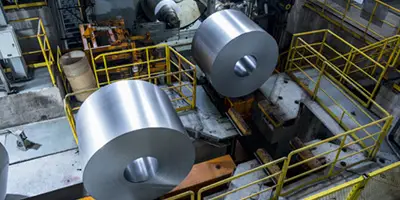

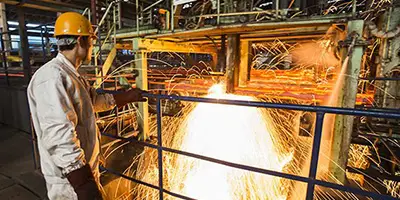
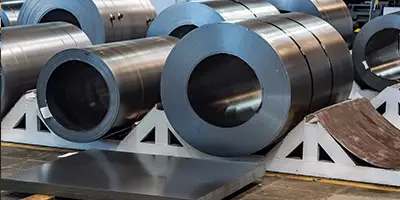

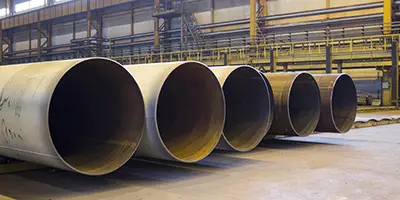
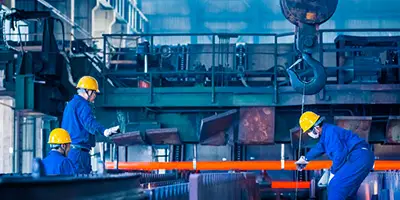
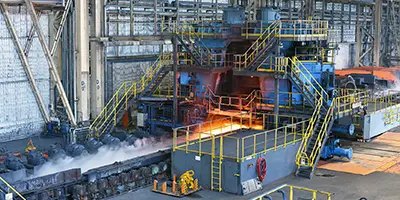
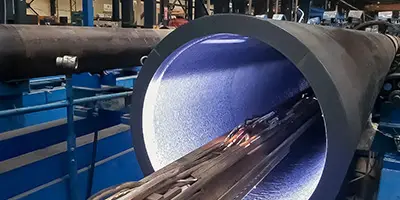
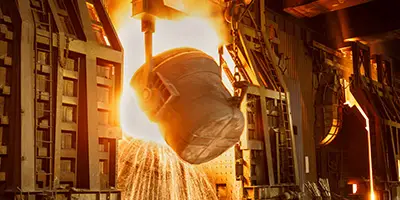
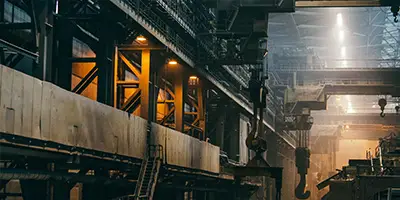
 Phone :
Phone :  Whatsapp :
Whatsapp :  Email :
Email : 


